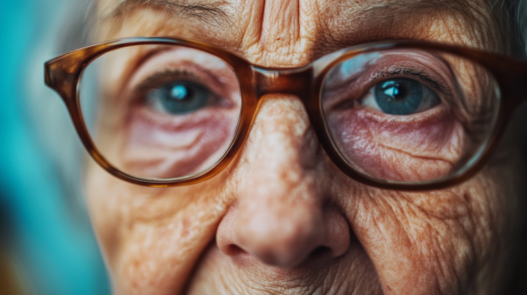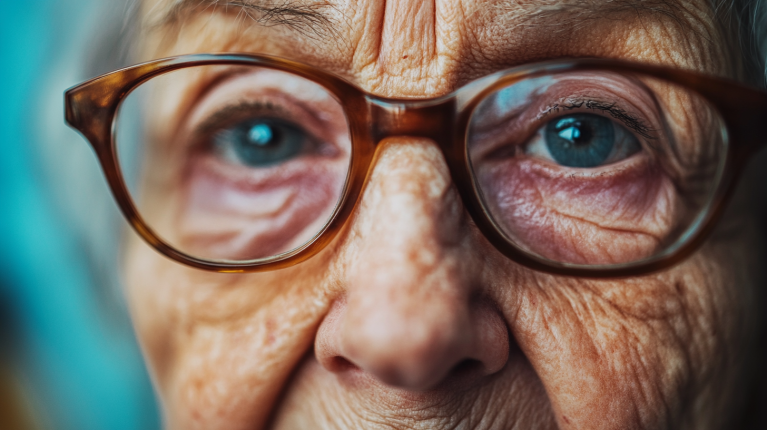As we grow older, our bodies change. Just like any machine, the more we use it, the more wear and tear it accumulates. Muscles weaken, organs age, and overall function declines. We often write off these changes as just the natural course of aging—after all, who hasn’t heard someone say, “It’s just part of getting older”? However, not all discomforts are simply a result of age. Some conditions may be disguised as normal aging, but they actually require medical attention. Let’s explore 6 such signs that may appear as “normal aging” but could be a sign that something more serious is going on.
1. Blurry Vision? It’s Not Just Presbyopia—It Could Be Retinal Disease!
Many of us accept blurry vision as an inevitable part of aging, often assuming it’s due to presbyopia (farsightedness). However, if your vision becomes increasingly unclear, it might actually be a sign of retinal disease, which can significantly damage your eyesight if left untreated. Retinal diseases are not one single condition but a group of disorders that affect the back part of the eye. Left unchecked, these conditions can lead to permanent vision loss, emotional distress, and even the inability to care for yourself.
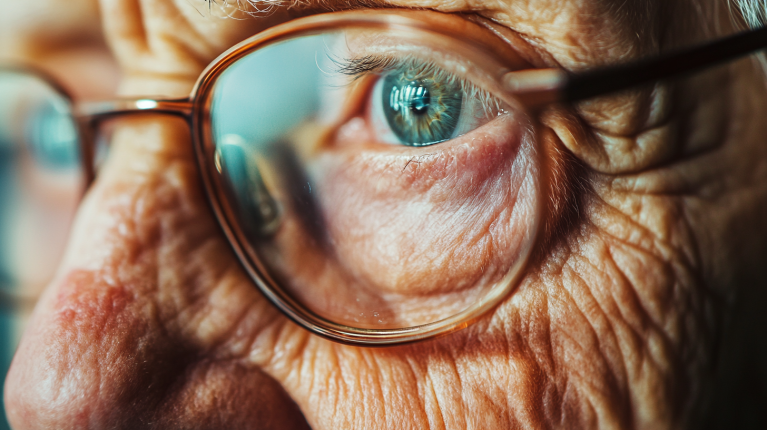
What to Do: Regular eye exams and retinal screenings can detect these conditions early. If you experience blurred vision or difficulty focusing, don’t assume it’s just your age—consult an eye specialist.
2. Shrinking and Losing Weight? It’s Not Just “Old Age Slimming”—It Might Be Sarcopenia!
We often hear people talk about getting smaller or thinner with age as though it’s inevitable. There’s even a saying that “growing thinner with age is priceless.” However, this mindset can be dangerous. Unexplained weight loss and muscle shrinkage can be signs of sarcopenia, a condition where muscle mass decreases significantly, leading to limited mobility and independence. Sarcopenia is becoming more common among the elderly, with studies showing that between 5.7% and 23.9% of people over 60 suffer from it.
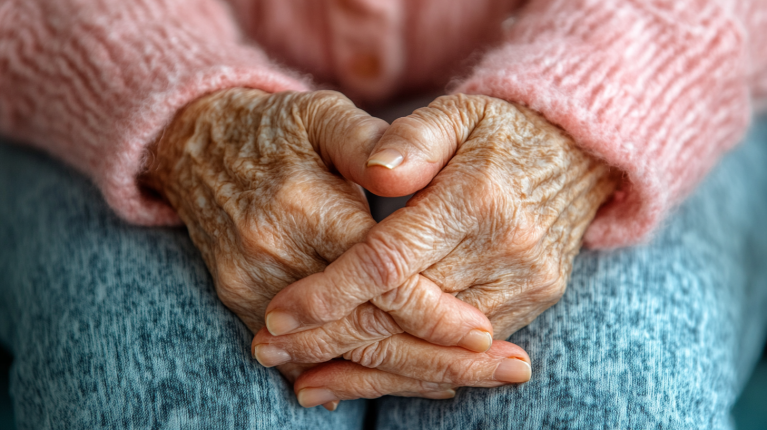
What to Do: To prevent or reduce the risk of sarcopenia, focus on a diet rich in protein (meat, fish, eggs, and dairy) and exercise regularly to maintain muscle mass.
3. Joint Pain and Stiffness? It’s Not Just Old Age—It Could Be Osteoarthritis!
Aches and pains in joints like the knees and shoulders are commonly attributed to aging. People may shrug them off as a natural part of getting older, but they could actually indicate osteoarthritis, a degenerative joint disease that causes cartilage breakdown. The pain, stiffness, and deformity that come with osteoarthritis are common as we age, especially after 60, when bone wear and loss increase.

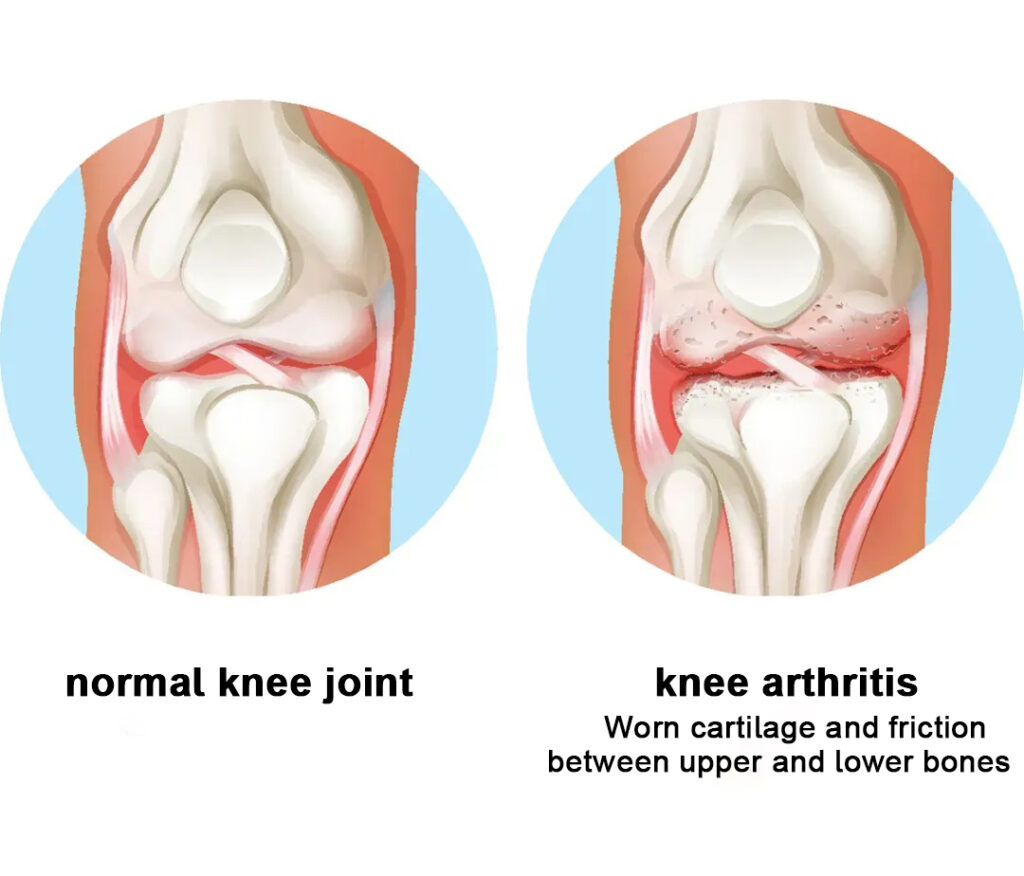
What to Do: Don’t ignore joint pain. Consult with a healthcare professional to discuss treatments that can prevent further damage, such as physical therapy or medications. Early intervention can keep the condition from worsening.
4. Losing Teeth? It’s Not Just “Old Age”—It Could Be Gum Disease!
“Old age comes with tooth loss” is a widely held belief, but it’s not necessarily true. In fact, losing teeth is more often the result of dental problems like cavities or gum disease. In older adults, plaque builds up more easily, and tooth enamel wears down, making them more susceptible to tooth decay and gum disease.
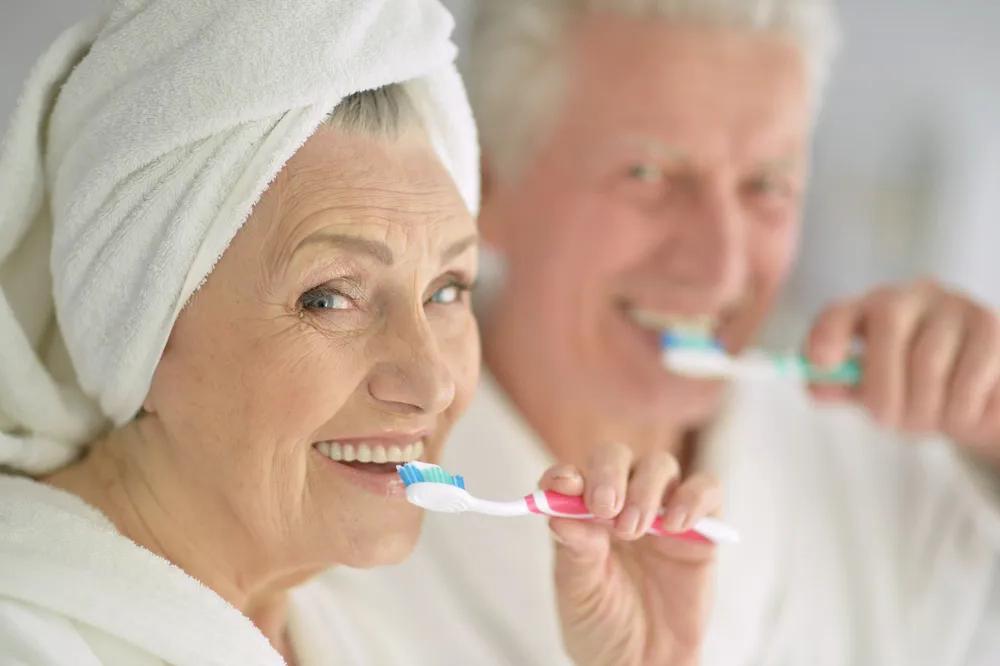
What to Do: Regular dental check-ups and good oral hygiene can help prevent tooth loss. The World Health Organization’s 80-20 rule encourages people to keep at least 20 functional teeth by the age of 80.

5. Chest Pain and Shortness of Breath? It’s Not Just Fatigue—It Could Be Heart or Stroke Issues!
Older adults often experience chest pain or shortness of breath, assuming it’s simply due to aging or a lack of energy. However, these symptoms can be early indicators of more serious conditions, such as heart disease or a transient ischemic attack (TIA), commonly known as a mini-stroke. According to studies, the risk of cardiovascular disease significantly increases after age 49.

What to Do: If you experience any chest discomfort or sudden shortness of breath, seek immediate medical attention. Early diagnosis and intervention can prevent life-threatening events.

6. Hearing Loss? It’s Not Just “Old Age”—It Could Be an Ear Infection or Other Disease!
Many people assume hearing loss is an inevitable part of aging. While age-related hearing loss (presbycusis) is common, other ear conditions like ear infections or tumors (e.g., acoustic neuroma) can also cause hearing difficulties.
What to Do: If you’re experiencing hearing problems, don’t ignore it. Visit an ENT specialist to have your ears checked for potential infections or other underlying issues. Hearing aids or cochlear implants can help restore some hearing if necessary.
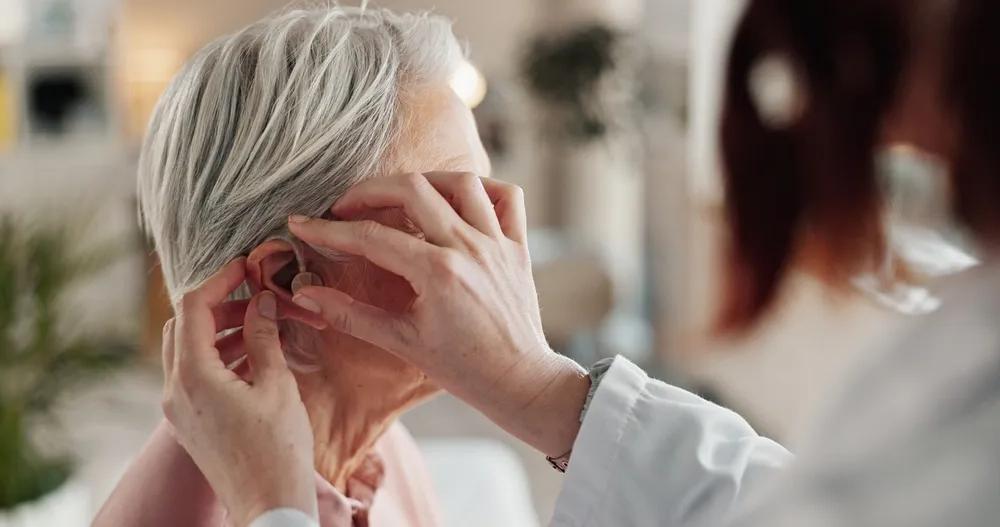
Conclusion: Aging doesn’t have to mean simply accepting discomfort or declining health. Many symptoms attributed to aging can actually be signs of treatable or preventable conditions. By staying vigilant and seeking medical advice early, older adults can lead a more fulfilling and healthy life. Don’t suffer in silence—sometimes, a little attention and care can make all the difference.







